Henry Molaison. The case of H. M. the advance neuro greatest scientist was an accident.
The story of Henry Molaison. The case of H. M.
The story of Henry Molaison, or H. M. seems a perfect story to make a film, a young man suffers an accident and loses the ability to remember what happened the previous day, and just living the same day as always. Similar to the film Memento, also known as Amnesia, Christopher Nolan launched in 2000 (very good, 92% approval by the critics).
called by Latin america “As if it were the first time” or “50 first dates” in Spain (strangely in Spain has a correct title) directed by Peter Segal where they act Adam Sandler and Drew Barrymore (very nice movie, recommended, but criticizes split 50/50).
Like in the movie Memento both are very good depending on the taste of each one (logical) inspired by the amnesia, very similar to that in real life he suffered this young man. Then, I will tell you the true story, who he was and that happened in the case of H. M.
Life and death of Henry Gustav Molaison, the case of H. M.
Henry Gustav Molaison he was born on February 26, 1926 in Hartford, and died on December 2, 2008. Suffered from an intractable epilepsy during all his life attributed to an accident while riding his bicycle in the year 1935, he was only 9 years (this accident is just a theory that had never been able to verify).
From this accident Molaison begins to suffer a crisis of seizure (described as epileptic) which were partial and since she was about 16 years began with uncontrolled seizures (tonic-clonic) that seriously affected his life throughout his youth.
It was unable to develop activities since the crisis sporadic seizures were random, at any time and I could not be alone ever.
Henry Molaison is about to turn 60 years (1986) and sitting in the office of Clinical Research Central Massachusetts Institute of Technology. What are interviewing. However, you cannot answer any questions about the world around them because their memories were frozen in 1953 when he was only 27 years old.
The operation that would solve their seizures.
In 1953, he was called by the Hartford Hospital to be part of a pilot operation. Dr. William Beecher Scoville, a neurosurgeon (in this link you will find a publication with all the achievements of Dr. Scoville a giant figure in the history of neurosurgery), had studied your case and identified that the source of epilepsy and seizures to be tonic-clonic seizures probably the damage is to be located in the medial temporal lobes, left and right, suggested that the possible solution might be a surgical removal of the bilateral medial temporal lobe as a measure of treatment.
In 1953, Henry describes (according to the interviewers), “if there is a small possibility of improving your condition does not think twice”the reason that he along with his family accepted the risk.
This form is subjected to the complex pilot operation in which the neurosurgeon William Beecher did a lobectomy (lobotomy is the destruction of the nerve pathways without resection, and lobectomy when there is removal).
Henry Molaison without seizures but now with what amnesia?
Despite the great risk that the surgery had the expected result: seizures and convulsions disappeared, intervention, however, destroyed the greater part of their structures.
These injuries caused him as an acquisition of anterograde amnesia where was unable to stay in the presentafter various tests and examinations it was concluded that the damage had only affected the long-term memory (remember what you did yesterday or 2 years ago) being able to incorporate new information of his life, while his working memory and procedural memory were intact.
Dr. William Beecher in the operation that removed part of his brain that caused the crisis. Specifically I extirpate two-thirds of his hippocampus, gyrus hippocampal and amygdala.
This resulted in their hippocampus as non-functional, the 2 cm remaining were atrophied and in addition, all the entorhinal cortex (main center of communication with the hippocampus) it had been destroyed with the operation.
Confirmed Henry Molaison suffers from anterograde amnesia.
The anterograde amnesia Henry was a devastating experience for him and his family, had been cured of the crisis, but no longer remembered anything. On the contrary, to the scientific world, and especially to the area of the neurosciences changed the entire knowledge about how it worked the memory.
Henry was not able to incorporate new information in your long-term memory, he could not remember the events of two years prior to the surgery, and he could not remember the events of eleven years before, but if I can acquire new motor skills, information that I forgot and had learned.
For example, it taught him to drive a car, but the next day he did not remember that he had been taught and that I already knew how to drive a car, the scientists taught him again several days in a row, he was driving without a need to look at the changes or the pedals, but I did not remember that he had been taught and everything that I already knew lead to the perfection.
Henry was always smiling, said to be well and happy. How his family opened their doors to the science to investigate and help other people not go through the same thing, why he's always impressed the scientists, it was very collaborative.
The first time speaks of the case of H. M. in a scientific article was in the year 1957, published in the journal “J. Neurol. Neurosurg. Psychiat” by William Scoville and Brenda Milner called “Loss of recent memory after bilateral hippocampal injury” (if you want to review, this is the link). You use the pseudonym H. M., to protect his identity until the day of his death.
Henry Gustav Molaison case H. M. gave the neuroscience a precious gift that was worth a lot to all the scientists of the time, people that he and his family felt as they helped him always and unconditionally. The donated her brain to stay in school when he died.
To Jacopo Annese director of the Observatory of the Brain (Dr. Annese always speak clearly, not presumed, jokes and smiles. Is a scientist out of the ordinary, say those who listen to him speak for the first time in their projects) in their publication explains that it was a great advancement and privilege to be able to accomplish this milestone, and that this latest research reveals that it is not yet possible to study the brain in its entirety without the use of techniques post-mortem (after death). Leaving many doubts of the real time performance of these structures, how to communicate and work with an injury.
It was a man, very gentle, very patient and always very willing to perform the tasks that you will let him, although each time I got up to walk around the room, he looked at me as if I never had seen,
he explains that the case of H. M. was the most valuable in that it could work and that the scientific world has a debt to Henry Molaison that still has not been able to pay, and that we must repay researching, publishing and improving what we already know so that other people can heal.
This is a publication from 2015 that you might like to complement all the writing.

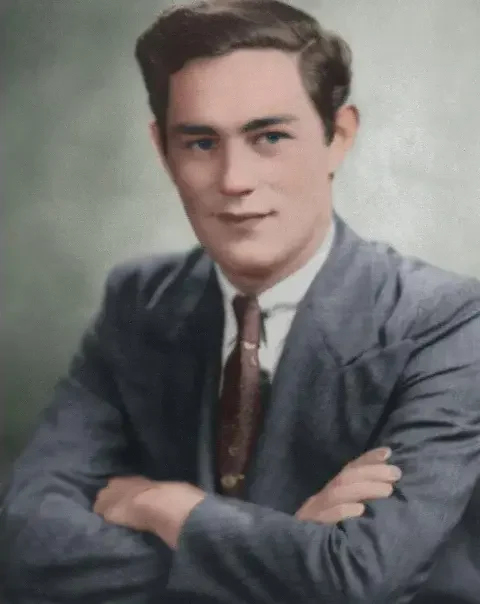

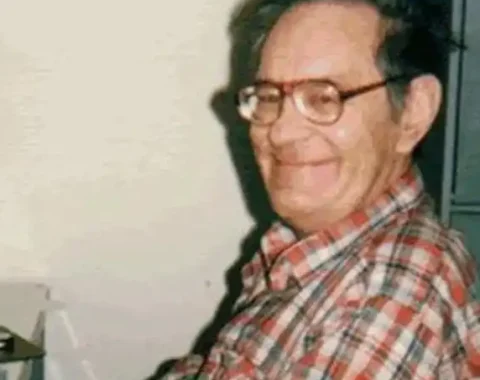
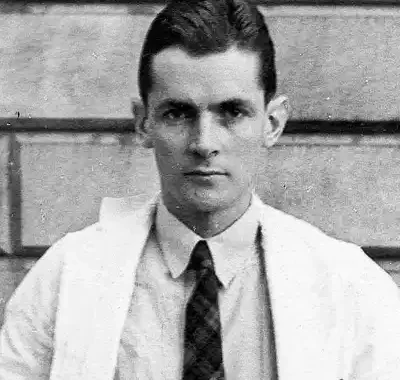
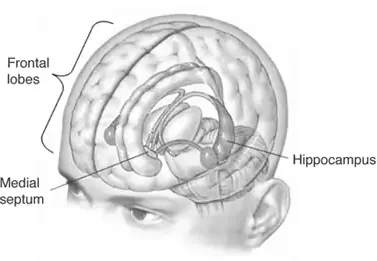
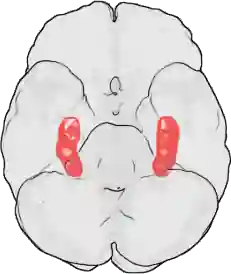
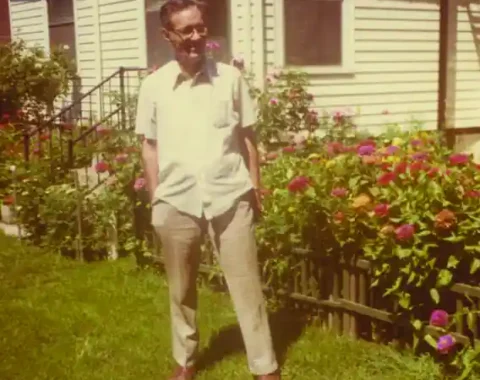
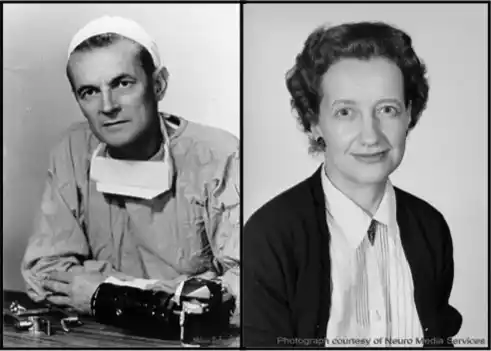
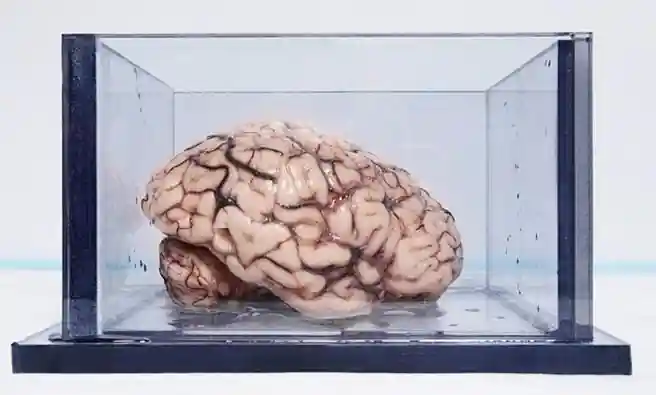
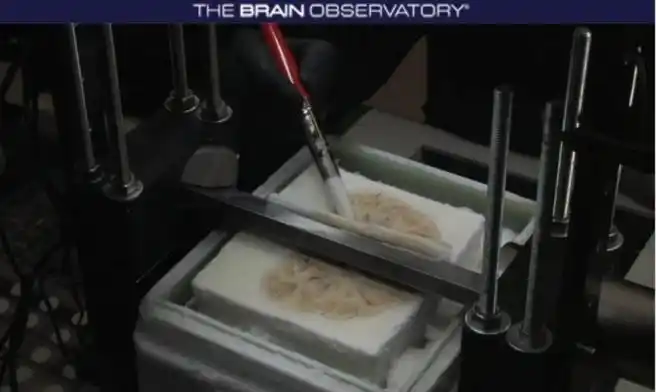
0 Comments